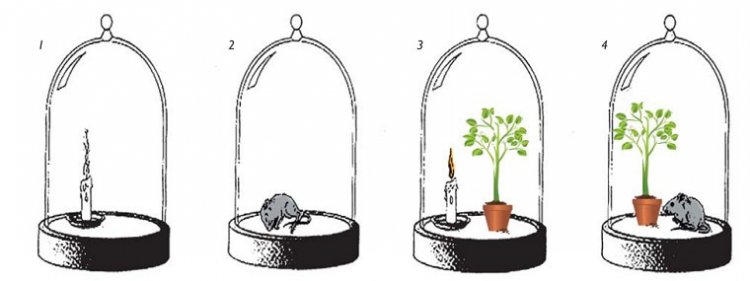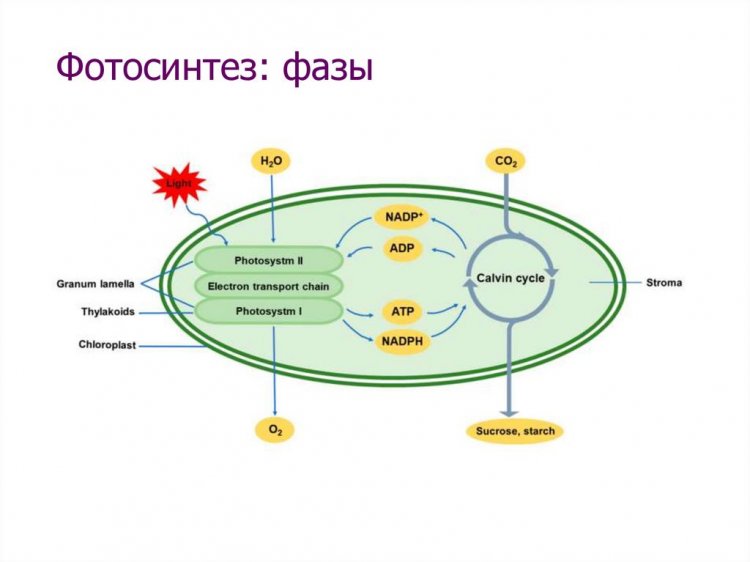On August 17, 1771, priest, philosopher, and naturalist Joseph Priestley discovered the process of photosynthesis.
Joseph Priestley (13 March 1733—6 February 1804)
The word “photosynthesis” has Greek origins. It is a chemical process by which the energy of visible light is converted into the energy of chemical bonds of organic substances by means of photosynthetic pigments: for example, chlorophyll in plants and bacteria's bacteriochlorophyll.
The process of photosynthesis was first discovered in the 18th century by Joseph Priestley, who studied physical changes in reagents and reaction products. The exact date – 17 August 1771 – became known thanks to the surviving work of the scientist, Experiments and Observations on Different Kinds of Air.
His discovery was the result of numerous experiments. But at first it was not clear why candles go out and mice suffocate, while plants remain in the same state in a hermetically sealed vessel. Then Priestley noticed that if you put plants next to the mice, they would survive. His conclusion was that plants “fix” the air.
Priestley’s Experiments
Today, we certainly know what oxygen or carbon dioxide are, and we know that green plants absorb carbon dioxide and release oxygen. But in the 18th century, science was only on the cusp of such chemical discoveries. Joseph Priestley discovered oxygen three years later. August 17, 1771 will go down in history as the discovery day of the great phenomenon that made life on earth possible.
But the discoveries did not end there. In 2011, Japanese scientists uncovered the secret of an essential part of the photosynthesis mechanism, the process that underlies the Earth's “solar energy.” It was X-ray analysis that helped them.
Stages of photosynthesis
Photosynthesis takes place in photosystems. These are systems with a complex structure: pigment light harvesting systems, proteins, enzymes and molecules of non-protein nature (cofactors). They decompose water with release of O2 under the influence of sunlight.
Plants and photosynthetic bacteria have two photosynthetic systems: photosystem I and photosystem II.
For several decades, science sought to understand the structure of this mysterious photosystem II in order to figure out how photosynthetic water decomposition works. The only thing known was that the reaction takes place in the catalytic center of the system, the oxygen-evolving complex (OEC), containing four manganese ions. They are able to concentrate the energy required to break strong chemical bonds in water molecules.
Nevertheless, the structure and mechanism of this complex remained unknown until recently. Japanese scientists were able to decipher this puzzle: they prepared crystals of photosystem II, which allowed them to clarify the details of its structure and “see” the structure of OEC.
Photo on the page: interesnyefakty
Photo on the homepage: twitter
























